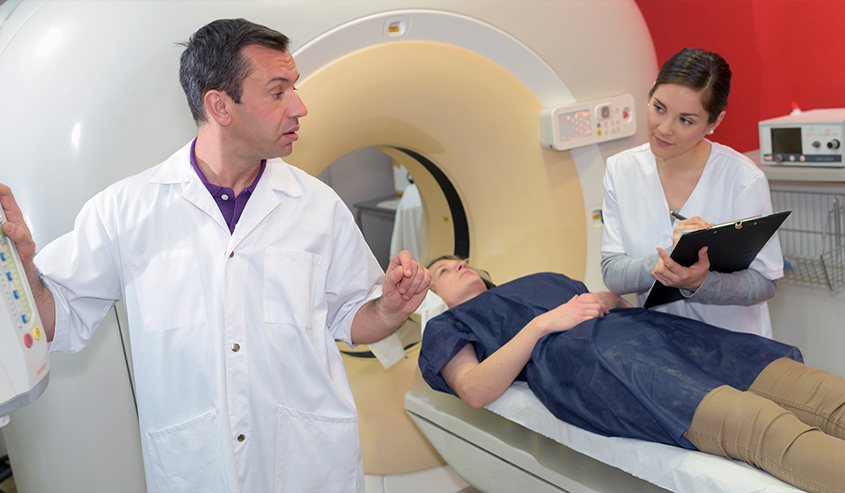
A positron emission tomography scan, otherwise known as a PET scan is used in many different types of disease diagnosis and treatment today. When used in tandem with a CT scan, it is called a PET-CT scan. Here is what you should know if your doctor has ordered a PET-CT scan for you.
How is a Scan Used?
Your doctor can use a PET-CT scan to locate a disease, determine its stage and decide what treatment should be followed. While a CT scan alone will show detailed images of organs and tissues inside the body, a PET scan will find abnormalities in these tissues. Because a PET-CT scan is more sensitive than other imaging, it may show these abnormalities sooner, detecting early disease before other imaging tests.
It can also be used when your doctor wants to get more detailed information on how an existing disease is affecting the patient’s body and its functions. This information allows the doctor to devise the best treatment possible and perhaps even predict chances of recovery.
How PET-CT Scans Work
PET-CT scans utilize a tiny amount of radioactive material called radiotracers or radiopharmaceuticals in conjunction with a specialized camera to help evaluate organs and tissues at a cellular level. These radioactive tracers are either swallowed, inhaled or injected into a vein depending on the area of the body that is being viewed. The surrounding organs and tissues will absorb this tracer allowing the scanner to show areas of healthy tissue and, conversely, diseased tissue.
Detection at a Cellular Level
Your doctor may order a PET-CT scan to look at your blood flow, your oxygen intake or the metabolism of your organs. Because a PET scan will detect problems at their cellular level, your doctor will get the best view of complex diseases such as cancers, heart disease and brain disorders.
Cancer
Because cancer cells have a higher metabolic rate than noncancerous cells, a physician can detect the higher level of activity as these cells will show brighter on a scan. That makes PET-CT scans very useful for not only detecting a cancer but also to see if one has spread or for recurrence. Many doctors will use a PET-CT to
- Locate an appropriate spot for a biopsy
- Understand if current treatment is working or not
- Look for new cancer growth
- Plan radiation therapy
Heart Disease
Heart disease shows as decreased blood flow on a scan and will take on less tracer than healthy tissue. Because a PET scan reveals differing levels of blood flow, the different colors and brightness on the scan will reveal differing levels of tissue function.
Brain Disorders
Tracers will attach to compounds like glucose. Because the brain uses glucose as its main fuel, a PET-CT scan will detect areas of the brain that are using more glucose than others. Because of this, a PET-CT scan can detect things like
- Epilepsy
- Head trauma
- Parkinson’s disease
- Alzheimer’s disease
- Depression
Because a PET-CT scan is a noninvasive outpatient procedure, a patient can resume normal activities.
Caring Professionals
At Vital Imaging, we are dedicated to providing the most cutting edge technology and exceptional care for all our patients. Please feel free to contact us at (305) 596-9992 if you have questions about a PET-CT scan that your doctor has ordered.
